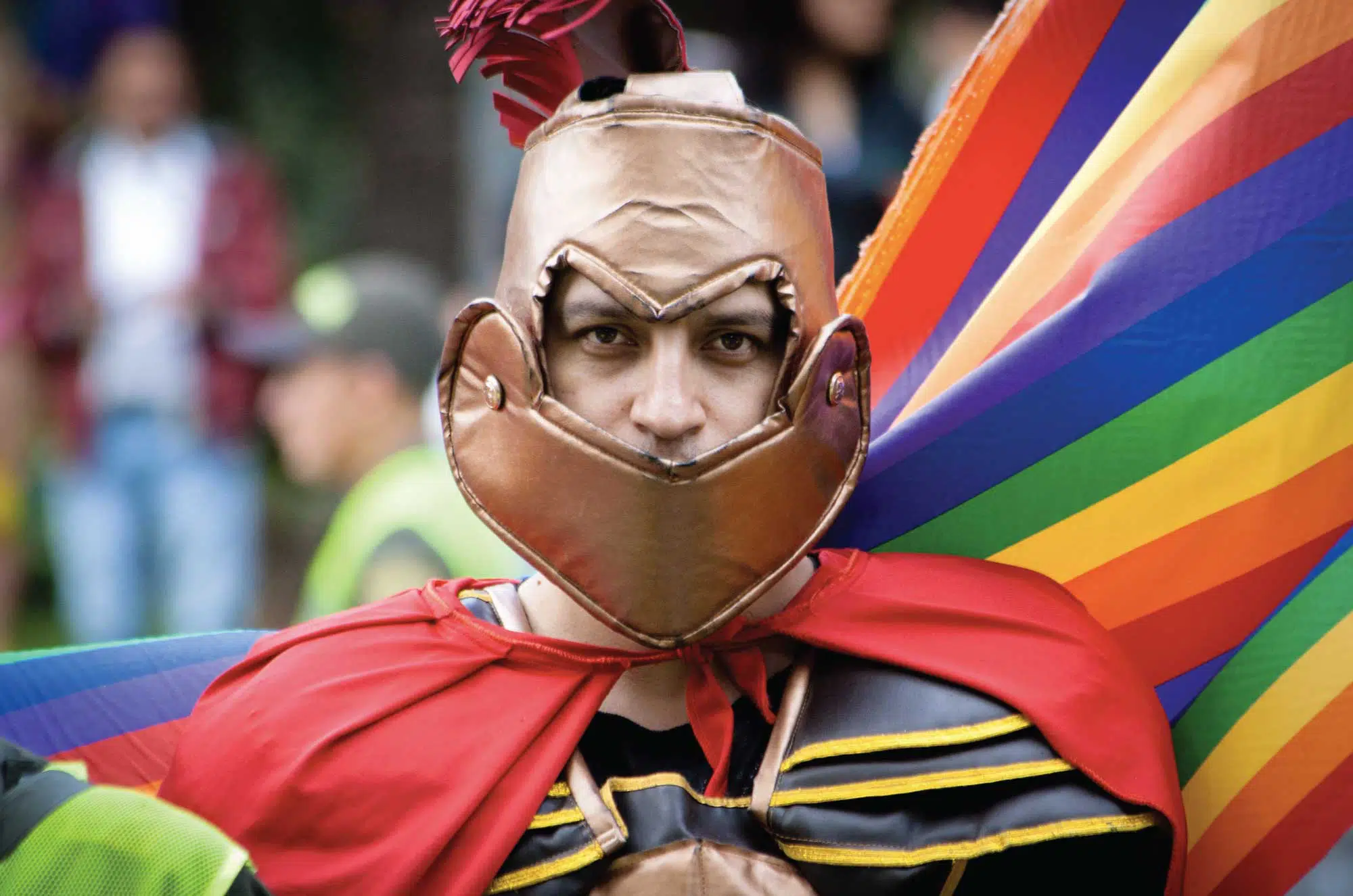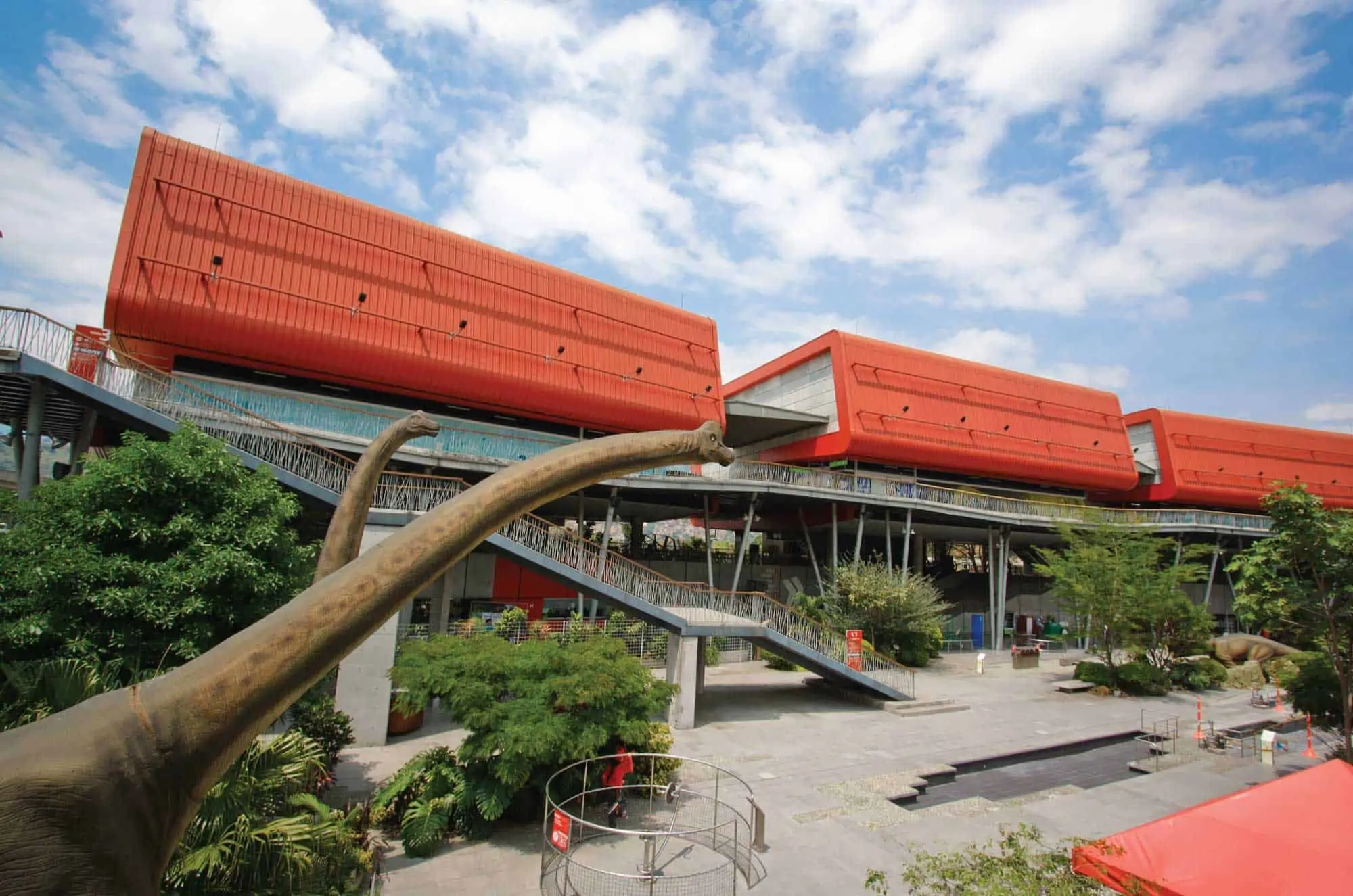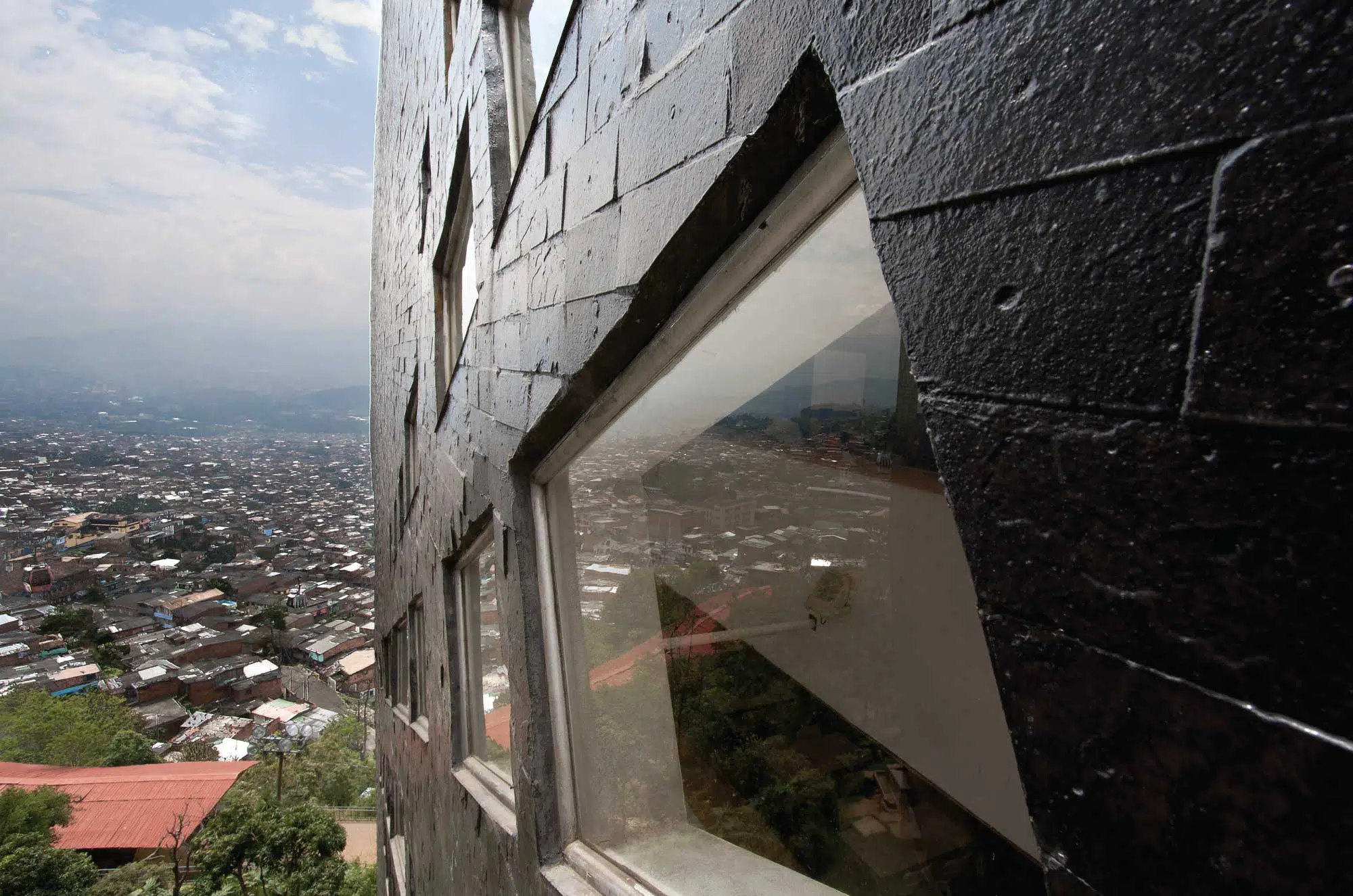Cumbia – The rhythm of Colombia
When the drum beat cries out in celebration, it radiates a deep history and tradition from the banks of the Río Magdalena. The sound of the flute pierces the air like the call of an exotic bird and elicits an excitement felt by every Colombian when cumbia’s distinct melodies are heard.
The background of cumbia
Cumbia is one of the most melodic representative expressions of Colombia. It brings together three cultures – African, Indigenous and European. The African influence gives the rhythm of the drums while the Indigenous based flute blends in the melody. The European influence provides some variations in the melodies, choreography and costumes of the dancers.
Combia finds its origins in the days of slavery in the late 17th Century and is derived from the African word cumbe which means dance. Later in the Antioquia region of Colombia this evolved into caracumbe and was coined by African slaves who worked in the mines. A third variation of the word called paracumbé emerged and then disappeared as well as the term cumbancha which in Cuba means party. One thing is for certain, cumbia was born of a cultural mix of black and indigenous backgrounds. The music became very popular in the 1950′s and 1960′s in Colombia as it evolved into what we recognise today. There has been a recent movement in Medellín by young artists and dancers to revive the original sounds of the earlier decades. These performances can be seen throughout cultural centres in the city.
The birthplace of cumbia is a subject of discussion by many scholars of folklore. According to the master José Barros, cumbia was born in indigenous country somewhere around the region Pocabuy Banco or Magdalena. Others argue that the cumbia must have been born in Cienaga, Magdalena or Soledad, Atlántico. The only sure thing is that it was near the settlements of African descendants, brought as slaves to Colombia.
Narciso Garay, a Panamanian writer discusses in his book Traditions and Songs of Panamá, details about the dances and celebrations of cultural music. He also talks about the ancient tradition and life in Panamá of music, to the point that he makes readers believe that cumbia was born in Panamá. Panamá was obviously a part of Colombia until the early 20th Century.
In México, as in several Latin American countries, Colombian cumbia has received acceptance on a large scale. There are numerous musical groups that have now recorded cumbia. However, these compositions and performances are a far-cry from the original musical melodies and incorporate non-traditional instruments.
The musical instruments of traditional cumbia
Drums used in traditional cumbia
The percussive side of the equation is African based and comes from three different drums. The bass drum, or tambora which is a double sided drum is used to produce the deep bass rhythms. A secondary mid-drum known as a happy drum, tambor alegre is used for backing rhythm. A small drum or calling drum, called a lamador is also used for the back-beat. Maracas and metal guaches are also utilised for overtones.
Wind instruments used in traditional cumbia
The wind instruments of cumbia entails three different flutes, or gaitas of Colombian origin. The male flute, or gaita macho which has one hole gives rhythmic and harmonic support to the female flute, or gaita hembra which has five holes and carries the melodies. The mouthpiece of these flutes is constructed using hardened bees wax that has been covered in coal dust to seal it.
Finally, the flauta de millo has four to six holes, is a native Colombian instrument made from the millo cane and used to help carry the melody. Initially cumbia was only instrumental and the inclusion of lyrics and vocals came later.
Modern cumbia
There are many ways of interpreting cumbia music, obviously referring to the musical instruments used. Many bands from different genres have recreated majestic performances with spectacular arrangements using modern instruments such as the clarinet, bongo drums, horns and even piano.
Vallenato artists have blended their own form of the music integrating the accordion into cumbia music, including well known artists such as the late maestro Luis Enrique Martinez, Cumbia Cienaguera, and many other artists.
Other modern styles of the hip-hop genre tend to follow the deejaying principle where producers will create a rhythm and then various singers or MCs will blend in their individual musical talents in order to make it their own style.






